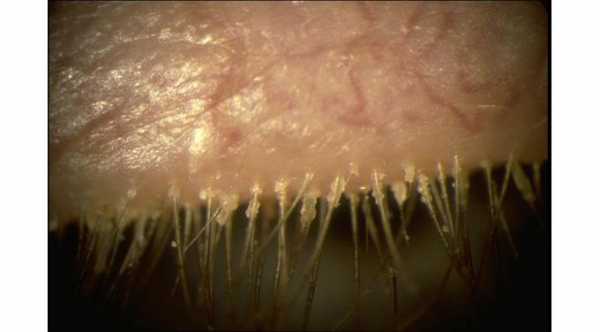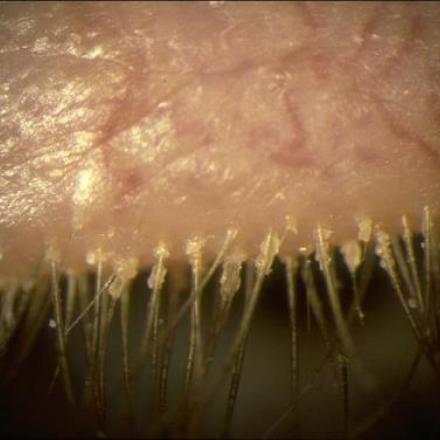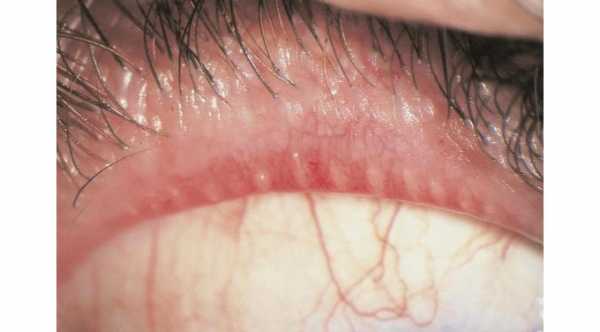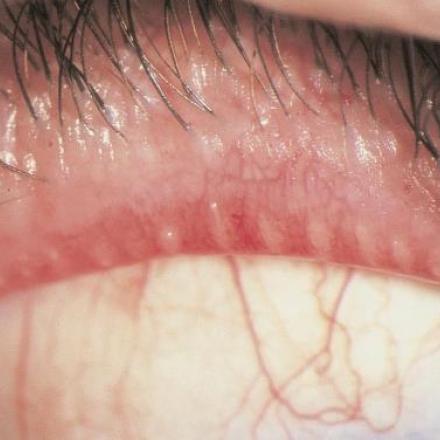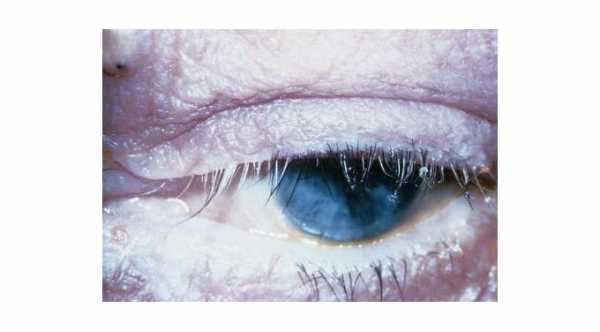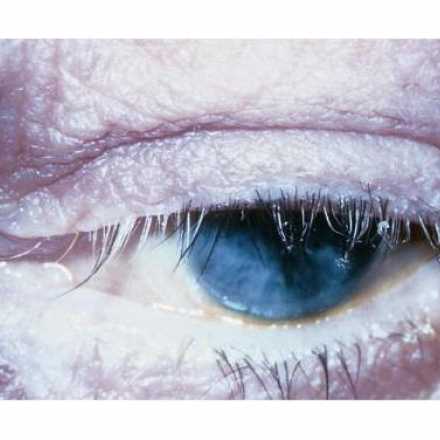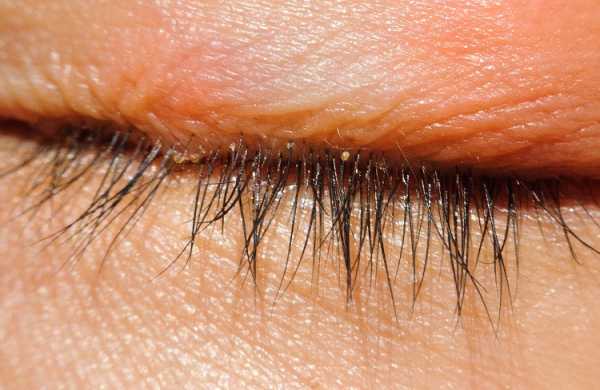
Treatments of Blepharitis
Treatments of blepharitis differ according to the severity of it and if there are any systemic associations or complications that occur due to it.
Blepharitis tends to be chronic disease most of the time, so you should expect to keep up therapy for a long period of time. In many cases, good and regular eyelid hygiene and cleaning can control it. On other cases applying of antibiotics and/or steroid eye drops may be required to control it and its complications.
One important approach in blepharitis treatment is with daily eyelid cleaning through which you will remove the skin oils so it will prevent the blockage of gland orifices, also it will prevent the growth of harmful bacteria that feed on these secretions.
If seborrhoeic dermatitis or rosacea is the main causes, seeking medical treatments for those conditions will help to control the disease. However, even in the presence of these systemic diseases, lid hygiene still the main way of treatment. After full examinations in the clinic and after determine which type you have, your eye doctor will suggest which ways of treatments are the best for you.
Your doctor will probably suggest that you start lid cleaning four or even five times daily and later on, after your condition has improved, you might do it once daily.
Blepharitis Treatment includes:
1- Warm compresses
Avoid the use of excessive heat. It is an important step in blepharitis treatment. It should be applied to the eyelid to loosen the crusts and to stimulate the flow of the meibomian glands. It should be applied each time for 10 minutes.
2- Massaging
Massaging the eyelid for few minutes to open the glands orifices.
3- Eyelid scrubbing
Light eyelid scrubbing with a cotton swab and a mixture of warm water and commercial lid scrub preparations like baby shampoo. In this way you will remove mechanically any adherent secretions and materials such as eyelash dandruff, collarettes crusting and also to open the gland orifices.
You should clean your eyelid at the base of the eyelashes and the best way to do that is gently pull the eyelid away from your eyeball to avoid any accidental injury to the cornea from the cotton swab.
You should scrub the eyelid margin itself, not the skin of the lids or of the conjunctiva. The lid margin is the area which the eyelashes arise from it. Vigorous scrubbing is not necessary and can be harmful.
4- Wash with water
Wash your eyelid with warm water and gently dry it with clean towel. Those ways are the mainstay of blepharitis treatment and as we said you might need to do that four to five times daily then taper it to a maintenance schedule as the condition improves.
5- Lubricants
Because Blepharitis can cause dry eye most of the time, you can use dry eye medication such as artificial tears without preservative materials that can be applied four to five times daily after lid hygiene.
6- Antibiotics
If your ophthalmologist found that you have infection Blepharitis, he or she might add antibiotics eye drops or ointments. Eye ointments usually should be applied before bed time because it might cause blurring of vision which will affect your vision in day time.
Commonly used antibiotics are erythromycin and bacitracin eye drops or ointments.Most of the doctors will give antibiotics eye drops for all patients for blepharitis treatment, because there is overlap between various types of Blepharitis (Posterior Blepharitis and anterior Blepharitis) and bacteria which are normally live on eyelid margin.
Your doctor might add oral antibiotics like tetracycline which will act as antibiotic and also it will act as anti-inflammatory agents which will help to decrease inflammation in meibomian glands and inflammation of the eye lid. You should know that tetracycline is contra-indications for female who are pregnant or breastfeeding and in this case you can use alternative antibiotics like erythromycin.
Recently, some authorities have suggested the using of Omega-3 fatty acids to blepharitis treatment. They found that these fatty acids might help in stabilizing meibomian gland functions and also help in dry eye conditions. Be sure to discuss this with your doctor.
8- Conjunctivitis
It can occur in case of severe Blepharitis. The cause is mainly hypersensitivity reaction to crusts but sometimes it can be infections. In this case, your doctor might add eye drops that have combination of antibiotics and corticosteroid to decrease allergy symptoms.
In susceptible individuals, steroid eye drops can raise the intra-ocular pressure or glaucoma if used for a long period and that is why any medications with steroid should never be used without the supervision of your doctor.
9- Corneal infections
Corneal infections or ulcers that occur as a complication of it should be treated under the supervision of your doctor and this condition needs cultures, close follow up and excessive antibiotics treatments.
10- Systemic association
If systemic condition presents like seborrhoeic dermatitis or acne rosacea you should treat them at the same time.
11- Surgical treatments
Surgical treatments are needed for chalazion ad trichiasis which can be treated with epilation of abnormal lashes, destruction of the hair follicles by electric current, laser, or cryotherapy, or with surgical excision.
12- Eye Makeup
Try not to use eye makeup especially if you have severe Blepharitis. Makeup will block meibomian glands orifices and will increase the building of crusts on your eyelid. After you control your Blepharitis you can apply eye makeup but you should clean it out every day.
13- Wearing Contact lenses
If you wear contact lenses your doctor might ask you to stop using them till your condition is stabilized because there is a risk of having corneal infection with excessive deposits building up on lens surface which will be a good media for bacteria to grow. You might also frequently replace your contact lens and use clean case with clean disinfectant solution to minimize the risk of corneal infection.



